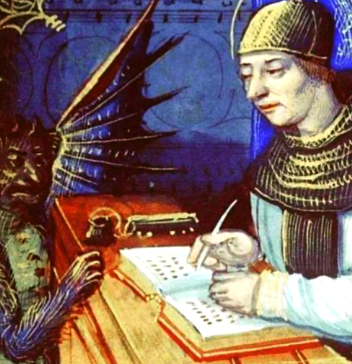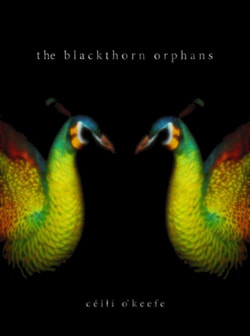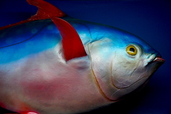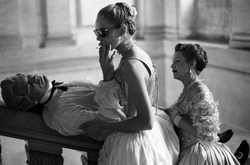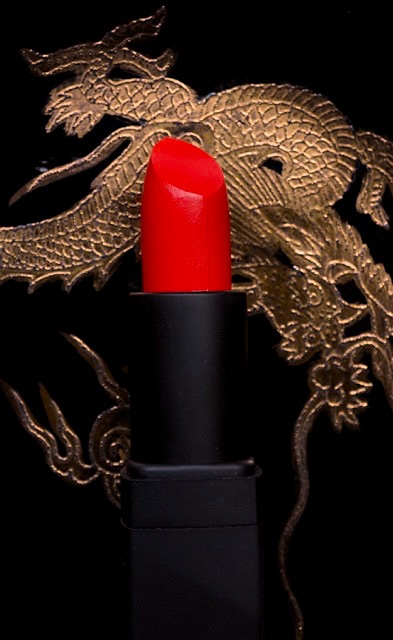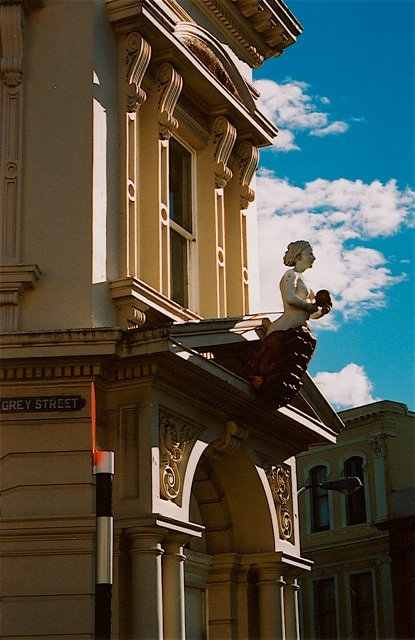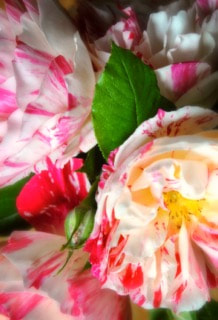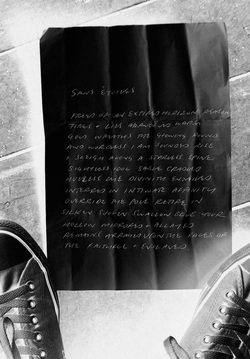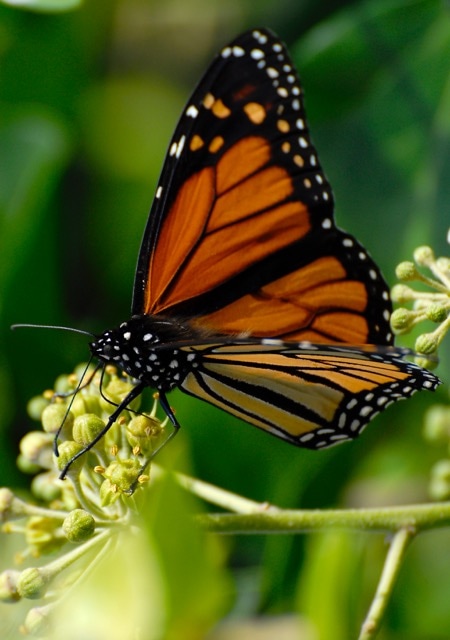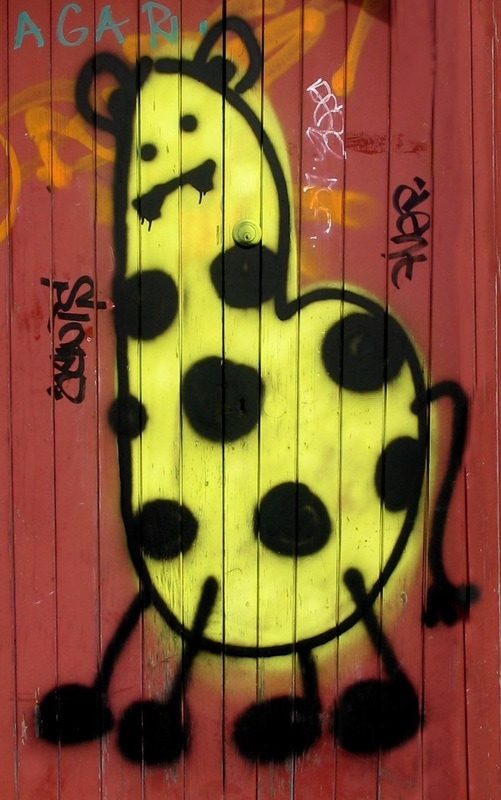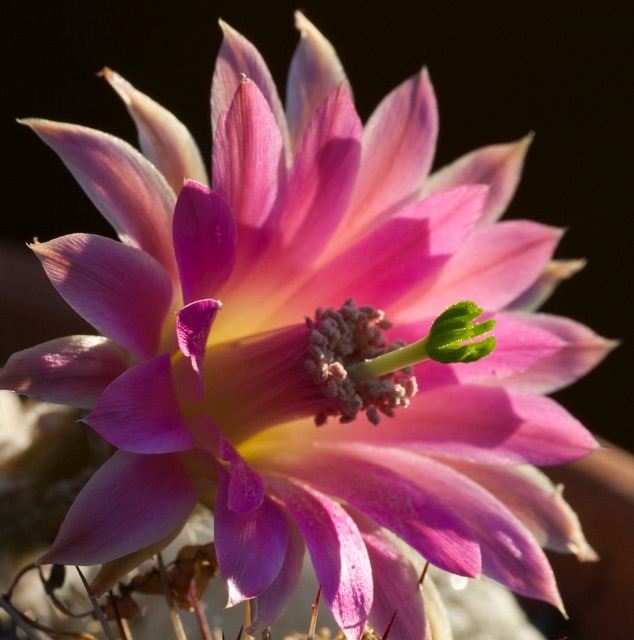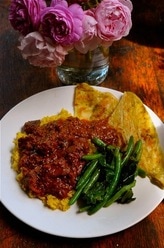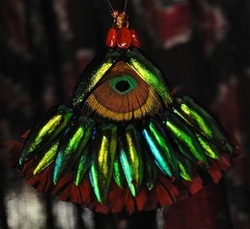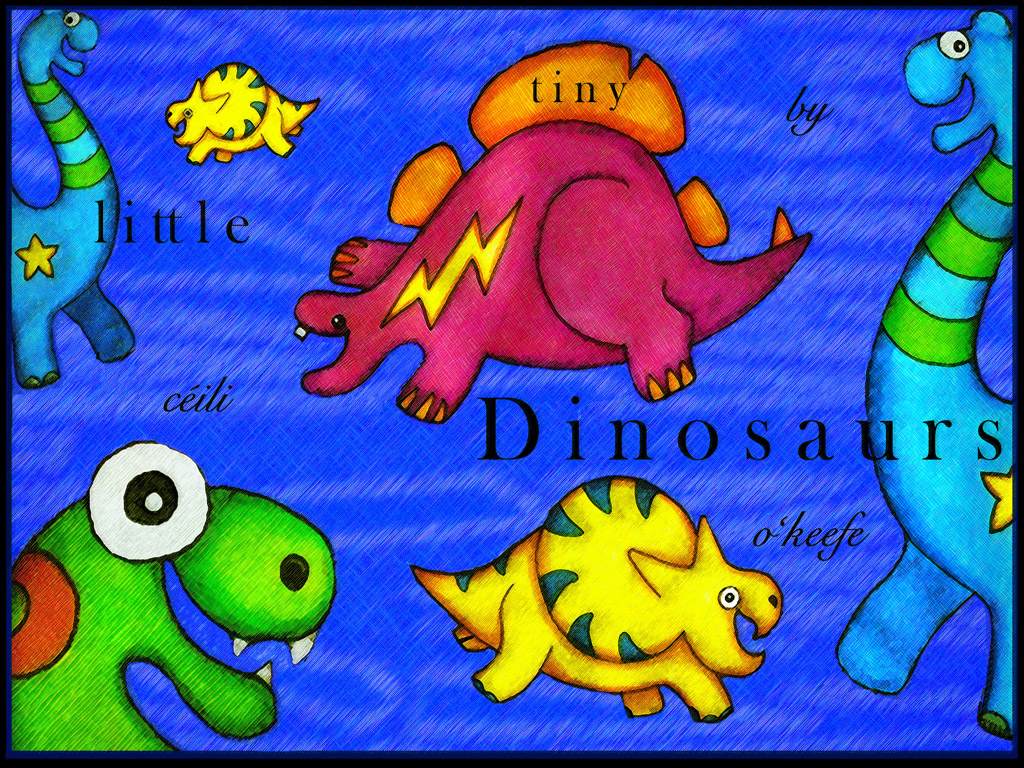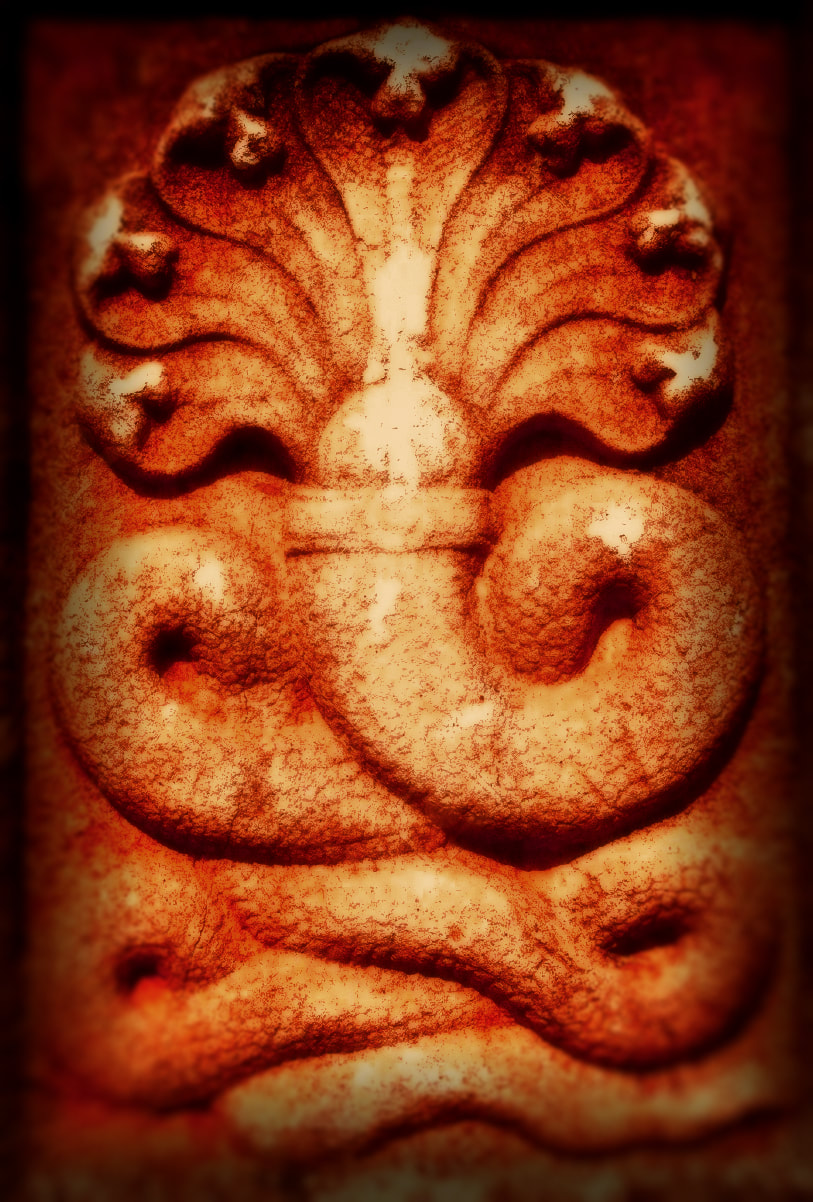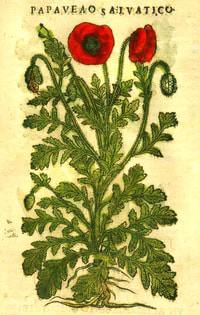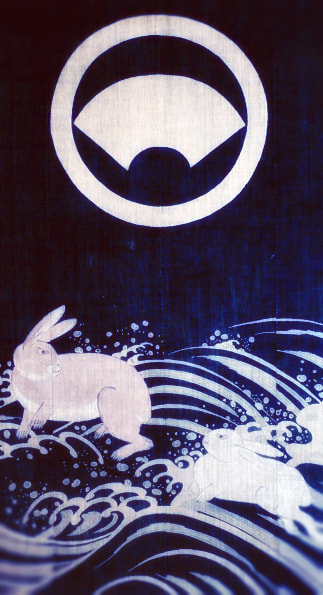| The staring red carnelians are an unblinking challenge to misfortune. Gold and silver, glamour's eternal mascots, are employed with thrift and careful artifice, the precious gold washed over the sturdy silver; just as women are the foundation of every human culture, gold is the masculine element here, the colour of the machismo expected of every man in this tradition. The Turkoman clans were notorious slave traders and freebooters, busily smelting the coinage collected in their forays and transforming it into the kind of display that branded their neighbors with the double impositions of terror and envy. It seems almost too good to be true, but most of the pieces featured are for sale here. I am indebted to Akça Silver for allowing me to use their images. Please use the links below to learn more. Vintage images of Central Asian women click here. An excellent piece on context and design here- Turkoman Jewelry - anahita gallery and here Zoom central asia :: Jeweller's art of the Karakalpaks | It's difficult to reconcile the thought of veiled orthodox Islamic femininity with the extremely unapologetic nature of the objects pictured here. The Turkic khanates (tribal kingdoms) have been officially Muslim for almost a thousand years now and have worn the brunt of Islam's hostility to the Female, but like most things, subjection is subjective. Women adapted to the new orthodoxy and confounded its dreary proscriptions with the adornment that had so long served their ancestors. As skilled weavers, Turkic women were often breadwinners, demanding bride price and the silver befitting their status. The gentler language of love and private allegiance also transcribed in the elegant ritual exchange of these pieces that occurred in the course of martial and blood connection; this significance is described in some of the links below. I encourage you to explore them. |
The Metropolitan Museum of Art -Turkmen Jewelry: Silver from the Marshall and Marilyn R. Wolf Collection

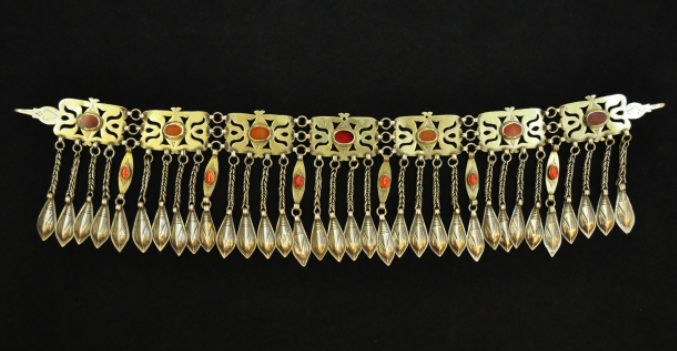
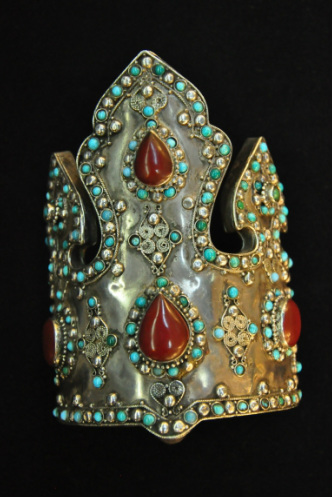
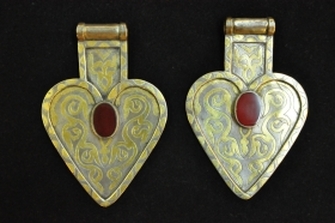
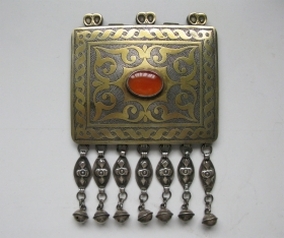
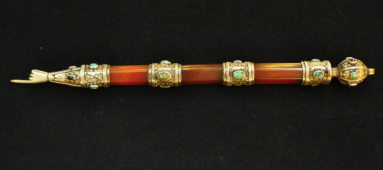
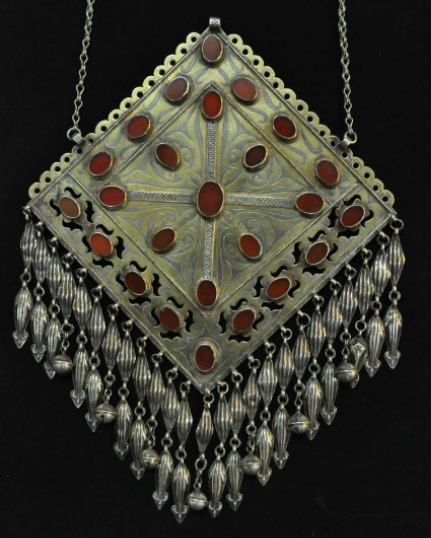
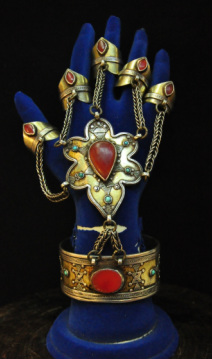
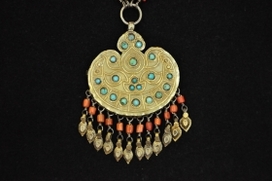
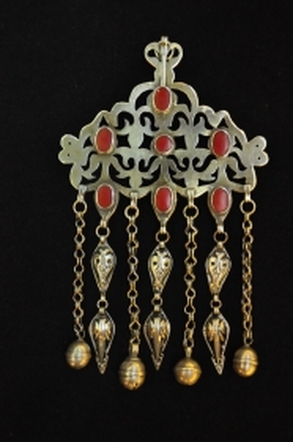
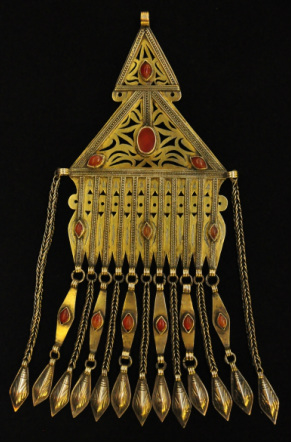
 RSS Feed
RSS Feed

